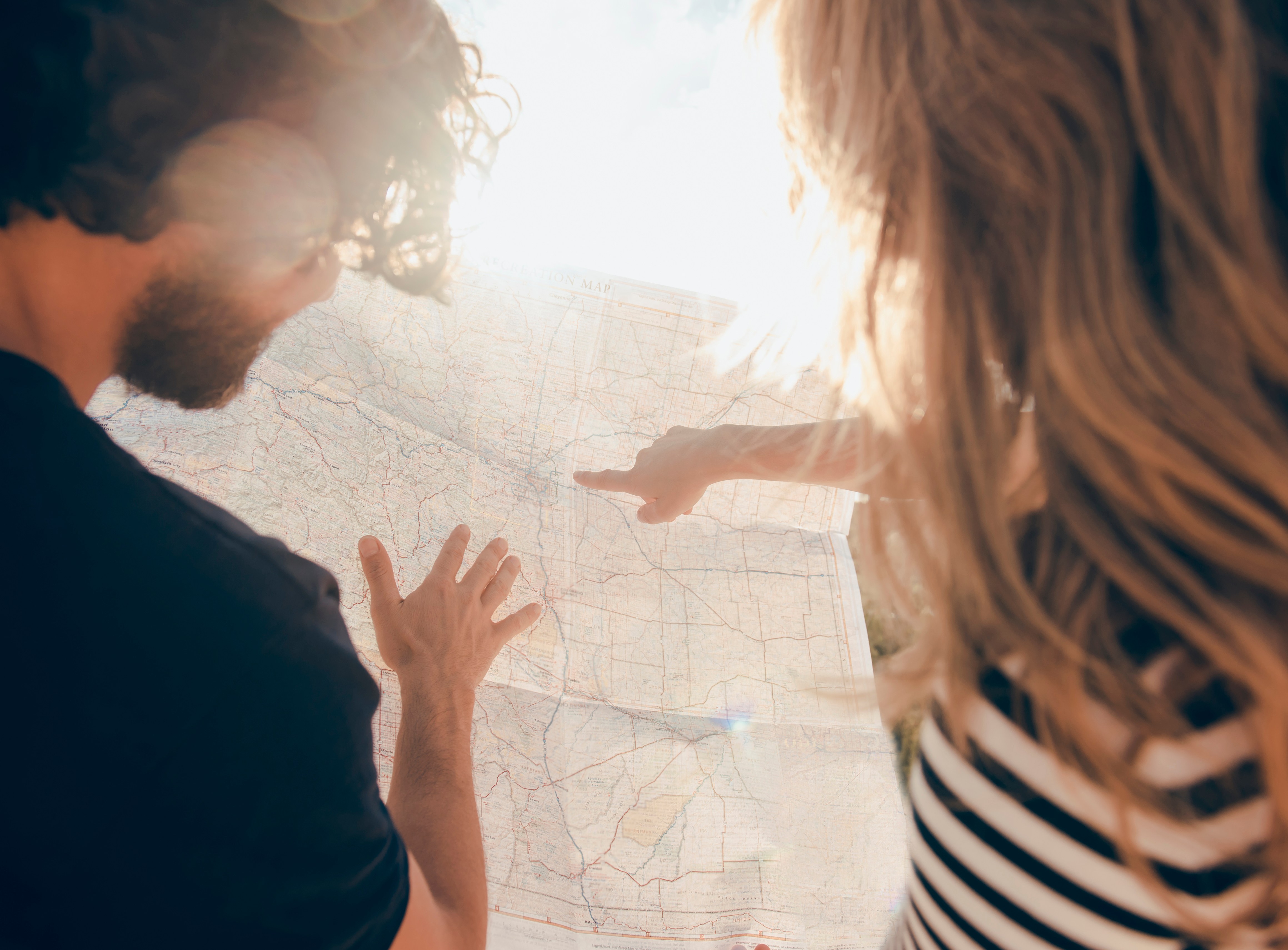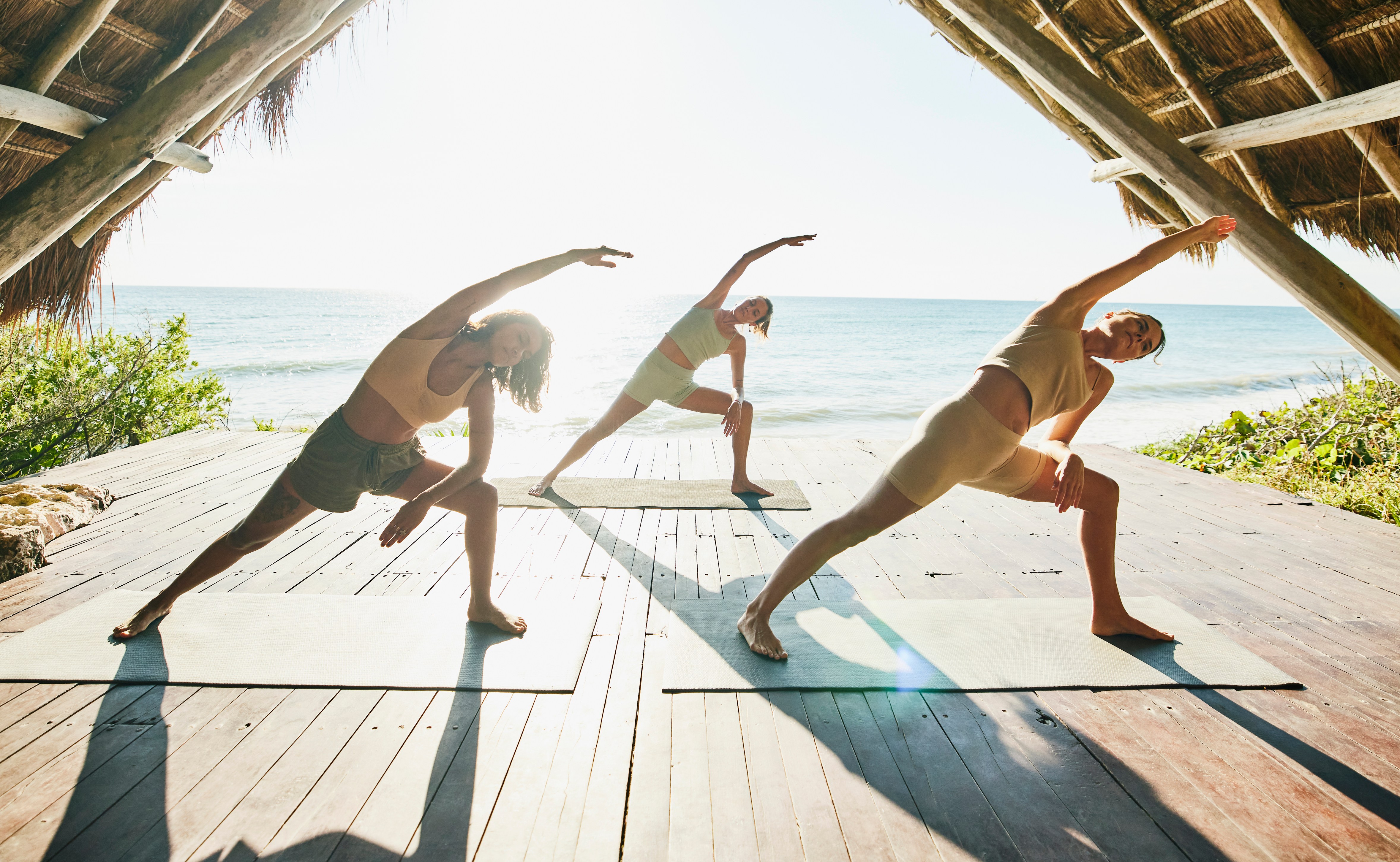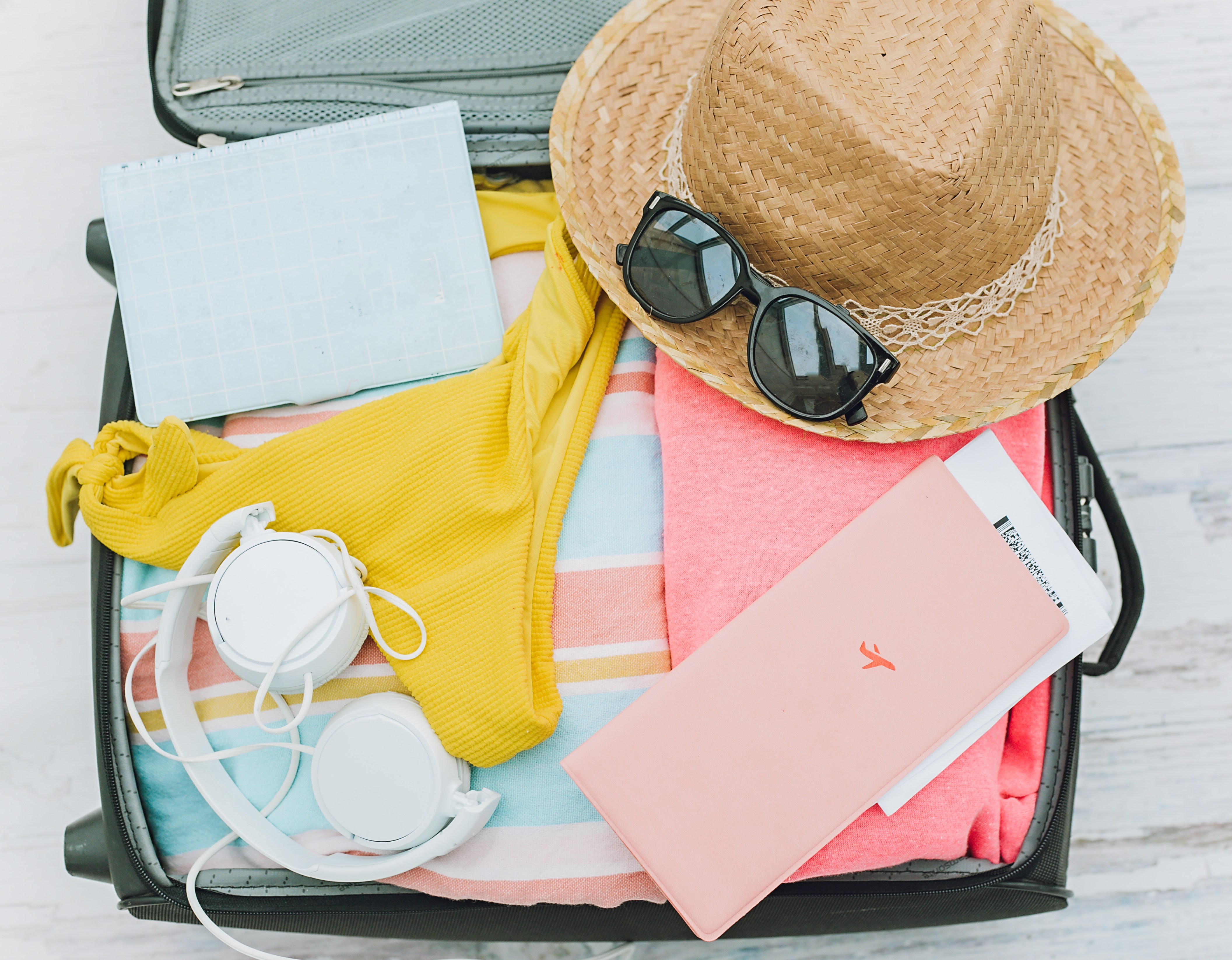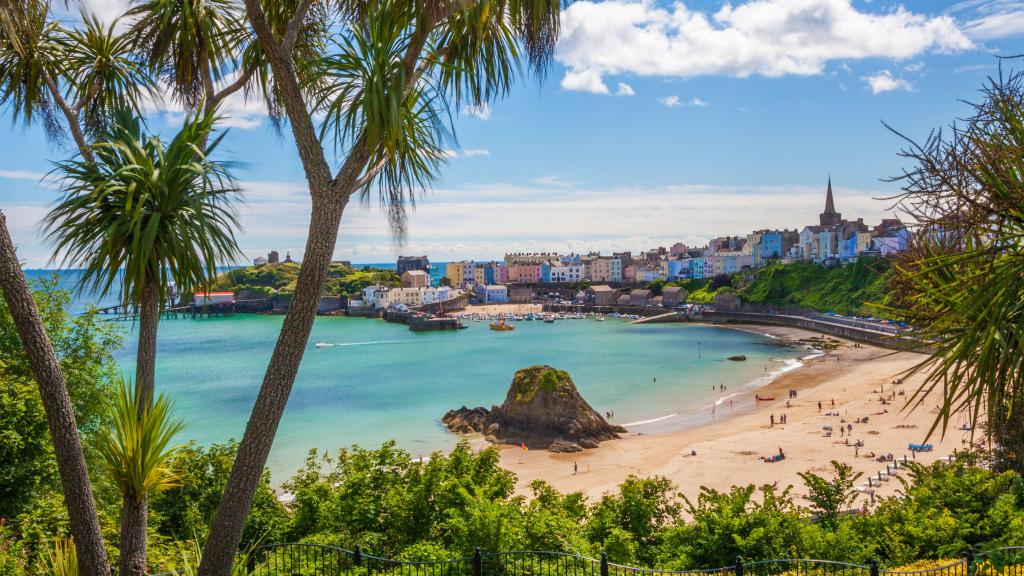Insights from My Sabbaticals: Nine Lessons Learned
The term sabbatical is derived from the Greek word sabaton, which traces back to the Hebrew shabbat, signifying rest. In contemporary usage, a sabbatical often coincides with the idea of travel. Taking a month or longer away from daily life provides a fantastic opportunity to explore new places, delve into personal interests, or relax in beloved locations, as well as to completely step away from the daily grind and free our overactive minds.
Each year, either before or after the Christmas holidays, I disconnect from work and escape to a warm destination for a few weeks. For the past five years, I’ve visited various places including Australia, Buenos Aires, and Thailand. Throughout this journey, I’ve encountered several valuable lessons, particularly regarding the significance of thorough research. I typically start considering potential escapes around July (budgeting for flights takes time) and really dive into planning once the cool breezes of October arrive. Whether you are organizing a work-focused sabbatical, taking a break between jobs, or a blend of work and leisure, these tips can help set you up for success.
1. Understand Transportation Options
During a week-long holiday, we usually don’t venture too far. However, a month-long sabbatical allows you to explore extensively. Investigate the public transportation available at your selected destination. Will you need a car, and if so, where will it be parked? Google Maps can help measure distances between locations while transport options on local websites can provide insights into bus and rail systems. Community travel forums are also excellent resources.

2. Verify Essential Details
It’s crucial to review the maximum duration of your travel insurance policy. When renewing my insurance, I opted for an annual multi-trip plan that covers trips of up to 185 days. Always double-check that your planned activities are included in your coverage. Consider visa regulations as well. If your sabbatical includes any work—especially as a self-employed individual—or if you plan to volunteer, consult gov.uk for foreign travel advice and verify the visa stipulations and allowed stay duration for your destination. Regulations vary by country; for instance, Argentina allows visa-free visits for tourism or business for up to 90 days, while Thailand permits 60 days. Australia’s eVisitor visa is valid for 90 days, and Sri Lanka offers a 30-day tourist visa.
3. Embrace Useful Apps
Before departing, research local food and transportation applications. A quick search prior to my trip to Sri Lanka revealed the local Uber alternative, which also included tuk-tuks, aiding my travel planning and cost estimation. Once on the ground, this app proved immensely helpful. I also identified a local app for restaurant reviews, reservations, and food delivery, which, though underused, was useful prior to arriving in new locations.
4. Timing is Key
In addition to a mental reset, sabbaticals can provide economic advantages. The longer your trip, the more the initial investment pays off. During my last winter away, I was able to offset 20% of my long-haul flight cost since I had no energy expenses at home for six weeks. Choosing to travel in the shoulder or low season can save considerable amounts; November is often one of the most affordable months, as are mid-September and January (just avoid returning during February’s half-term).

5. Discover Your Passion
Whether it’s surfing, attending a yoga retreat, or volunteering, choose an activity that challenges you, fulfills your interests, and fosters connections with others. This can significantly enhance your experience and possibly lead to new travel companionships. After spending a week at a surf camp in Sri Lanka, I chose to abandon my original itinerary to spend more time with new friends I met there.
6. Stay Connected
An eSIM (virtual SIM card) can provide you with unlimited data and calls abroad. In January, I activated a 30-day prepaid eSIM with Saily.com for $28, which gave me 5GB of data and connectivity as soon as I landed. It’s worth noting that some countries only allow eSIMs from local network providers. While I successfully used Saily in various Asian countries, it wasn’t operational in Dubai, where I switched to Du, a local provider offering a tourist eSIM. Companies like Revolut and Holafly also provide international eSIM services. You can maintain your mobile number and easily revert to your original SIM card whenever needed.
7. Consider Alternatives to Hotels
When traveling solo, hotels can feel isolating. Mix up your accommodation by considering private rooms in quality hostels, homestays, or hosted Airbnb options. Staying with locals can be an enjoyable and enriching experience. Keep flexibility in your plans to allow for spontaneous accommodations, but also have backup options researched and ready, utilizing trusted accommodation platforms as necessary. Don’t overlook smaller, community-oriented services like Kindred, SocialBnB, and FairBnB.
8. Rediscover the Joy of Reading
Engaging with a guidebook during the planning phase can build excitement without the interruptions from emails and messages. Once you arrive at your destination, try to detach from your phone. Guidebook sections on cuisine, local politics, and culture can provide hours of entertainment on public transportation, and you won’t need to worry about battery life. Such books can also serve as conversation starters; many locals have inquired whether their town is featured in my Lonely Planet guide.

9. Pack Lightly
My clothes seem to look and smell better than ever when I have them laundered abroad. It’s advisable to pack minimally and utilize local laundry services, laundromats, or even wash items in the bathroom sink. Consider using pegless clotheslines (available at various retailers) and invest in a universal sink plug. If you need to, you can even pick up clothes as sustainable souvenirs.




Post Comment